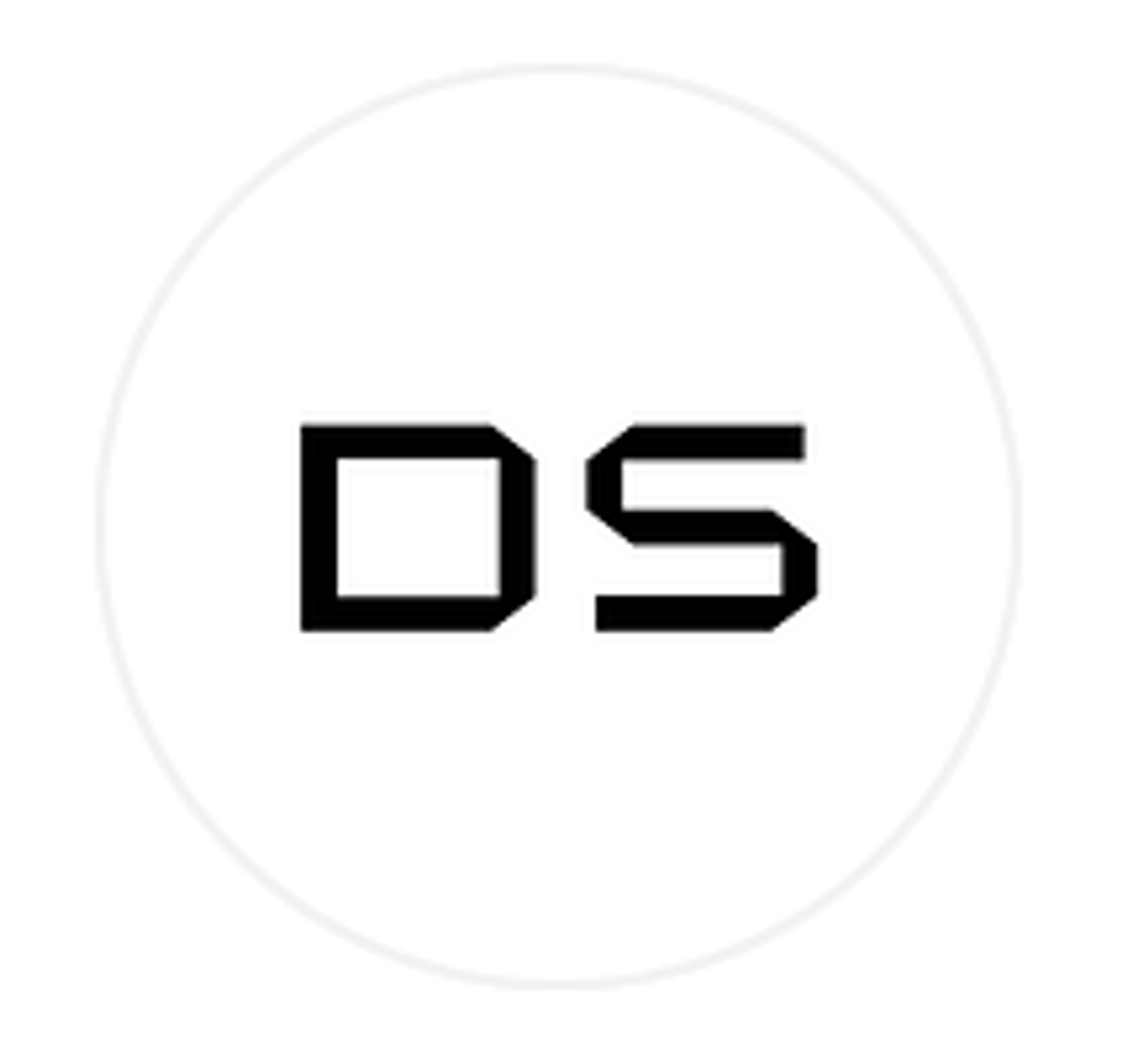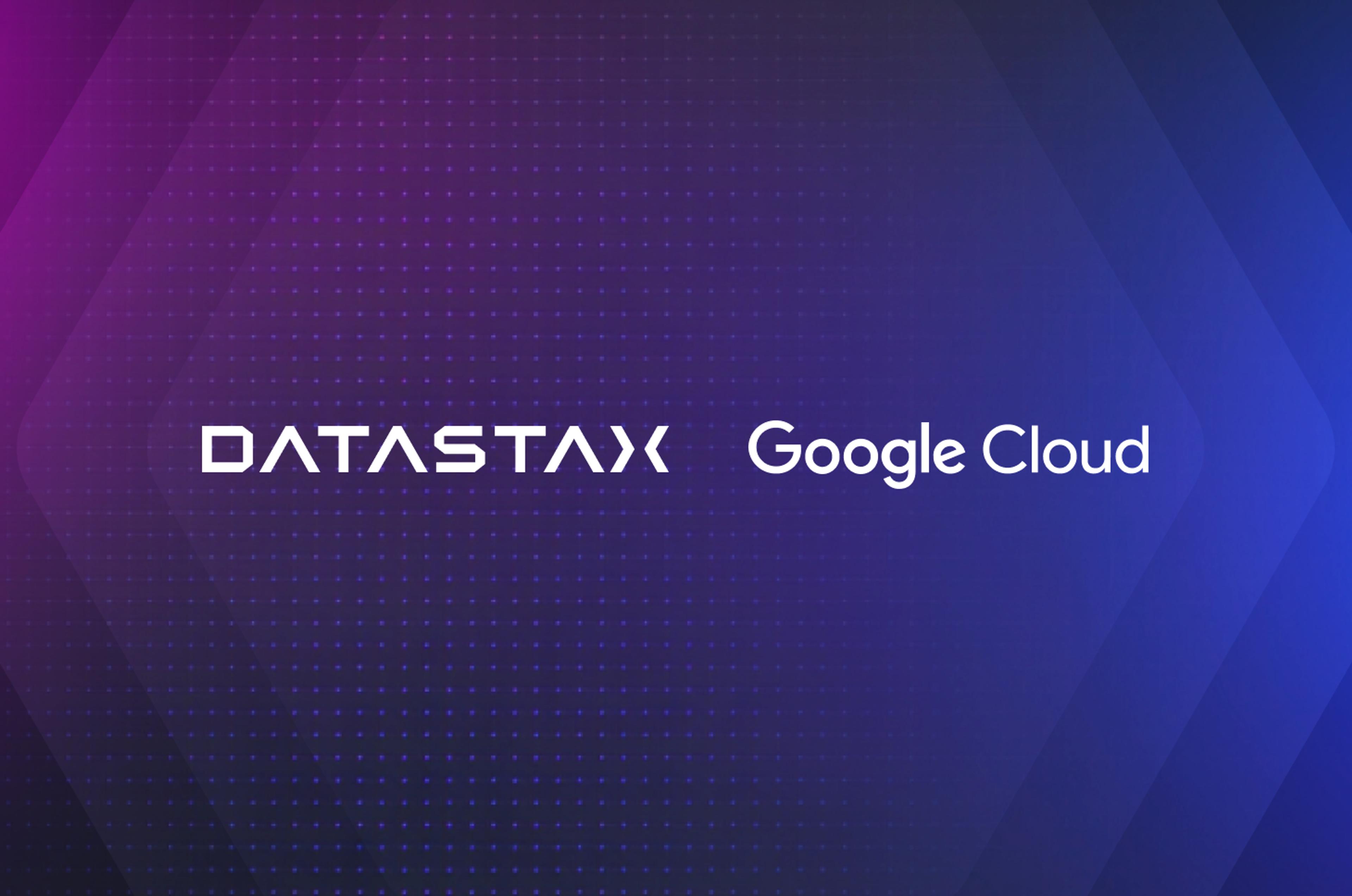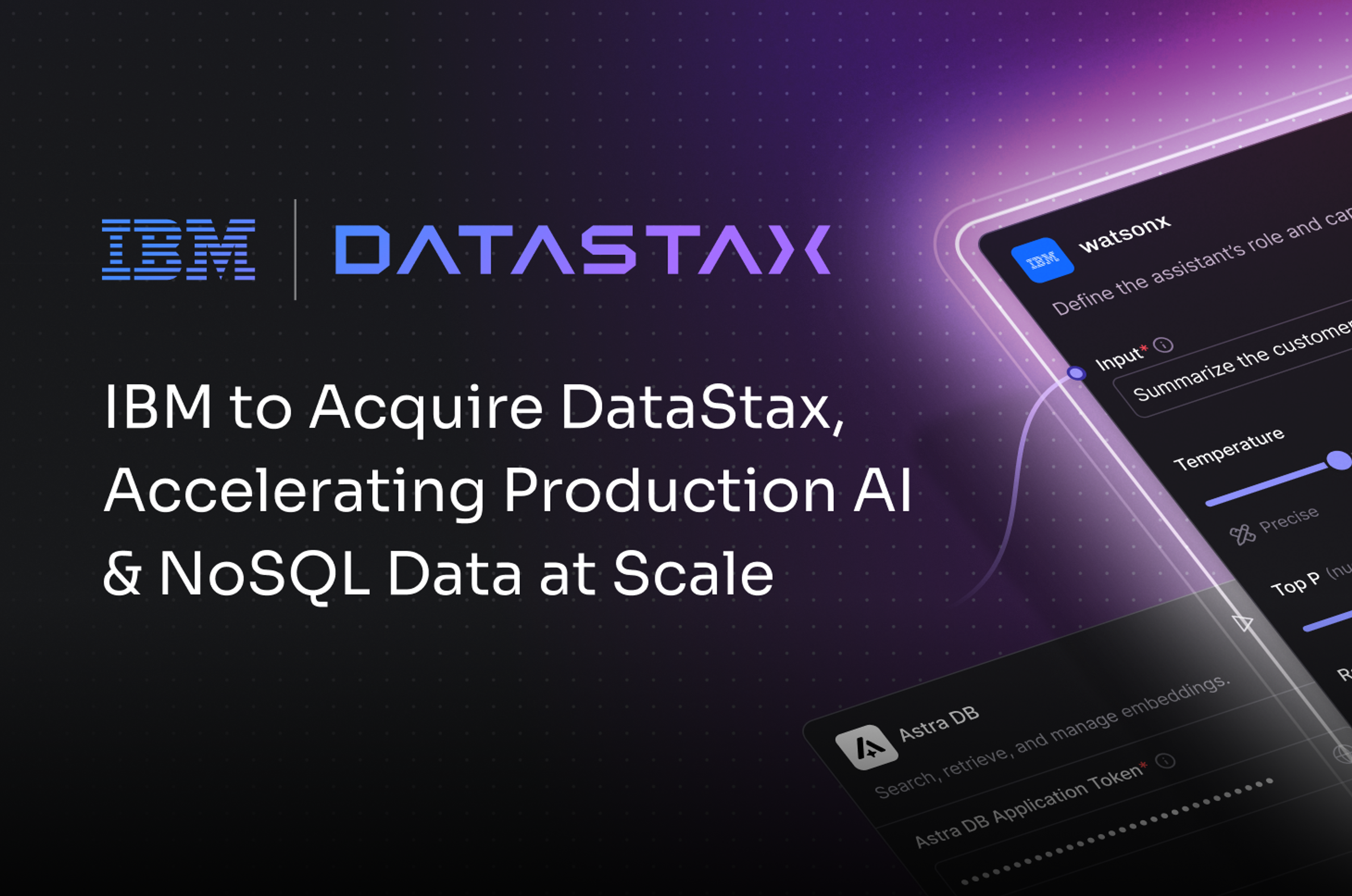Cloud technology has come a long way since computer scientist John McCarthy proposed the idea of computation being delivered as a public utility back in the 1960s.
Now, as more and more companies move their workloads and applications to the cloud, a new era of cloud technology is upon us—one that portends to make the previous era of the last 10 years look somewhat antiquated and slow.
A recent Gartner report showed that public cloud spending is expected to reach $206.2 billion this year, growing 17.3% from the $175.8 billion the sector brought in last year.
With investment comes progress.
Here are the four cloud technology trends to watch out for—this year, next year, and for many years to come.
1. Hybrid Cloud
Private cloud infrastructure is expensive both from a capital and a people perspective. At the same time, when you control your own infrastructure, it’s easier to ensure that sensitive data is protected. Public cloud resources, on the other hand, are more cost-effective—particularly when it comes to on-demand scalability. But since you’re relying on a vendor’s servers, you have to trust them to keep your data secure.
There’s good reason organizations are increasingly moving to hybrid cloud environments, which combine private and public cloud resources. In fact, one study found that 74% of enterprises are now using hybrid cloud and multi-cloud environments. Hybrid cloud allows you to leverage the security of private cloud while taking advantage of the cost savings and seamless scalability of public cloud.
Hybrid cloud is also key for availability, because, with the right database, you can have one cloud provider go down completely without so much as a glitch in your applications’ performance and availability.
2. Edge computing
Historically, workloads live in the “center” of the on-premises data center, but as IoT adoption continues to grow, workloads are increasingly moving to the “edge” of the network, closer to where the data is generated and analyzed, in a concept known as edge computing.
Edge computing delivers a number of benefits to organizations that rely on IoT devices, including:
- cost savings,
- increased efficiency,
- improved performance,
- enhanced reliability, and
- the relinquishing of the labor of having to move data around.
Accordingly, the market for edge computing is growing substantially and is expected to bring in $9.2 billion by 2023, expanding 27.3% each year until then.
While edge computing and IoT go hand in hand, this new approach to infrastructure can also be used to drive real-time interactions with customers and increase AR/VR media engagement.
For example, a concert venue might use edge computing to provide stuck-at-home fans the ability to use VR to “watch a show” as if they were there by capturing video from every angle and merging it together at the venue before sending it up to the cloud.
Amazing and powerful stuff, and we’re just getting started.
3. Microservices
In the past, organizations built monolithic applications that were released infrequently, maybe once a year. Adding a new feature or updating an existing one required a ton of coding work—which isn’t really conducive to today’s agile, DevOps-driven software development world.
As the name suggests, microservices are an approach to software development where large applications aren’t built monolithically but are instead the sum of several smaller services. Because the application is broken down into smaller parts, developers can scale microservices independently of one another. For example, a social commerce site might decide to scale its live chat functionality as more and more users come on board and start communicating with other users.
From future-proofing architecture and simplifying scalability to supporting digital transformation and accelerating time to market, microservices deliver a ton of benefits to organizations big and small. As such, IDC predicts that 90% of applications will use microservices by 2020.
4. Data portability
In an age where regulations like the GDPR and strict corporate governance standards are changing the way companies think about data, the concept of data portability—or the ability to move data to any cloud you’d like—is taking center stage.
Beyond ensuring compliance, data portability and data autonomy enable organizations that operate in hybrid cloud environments to leverage the best of what each provider has to offer. For example, a company might host all of its data in Microsoft Azure while relying on Oracle for business intelligence.
Data is one of the most important things an organization has under its control. Companies simply can’t afford to be locked in to a specific cloud vendor. For this reason, more and more organizations will look for cloud solutions that give them complete control over their data, allowing them to take it with them wherever they go and at any time.
How does your company stack up?
Companies that take advantage of these four trends will benefit from increased agility, more control over their data, better products, better customer experiences, increased productivity, stronger security, and more.
The sooner you move to hybrid cloud environments, leverage the promise of edge computing, build applications with microservices, and prioritize data portability, the faster you’ll transform into a truly agile organization ready to take full advantage of cloud technology and, more importantly, get ahead of the competition.










